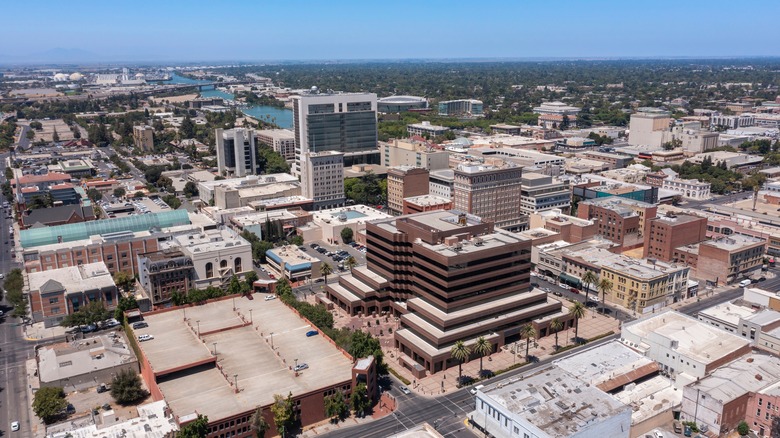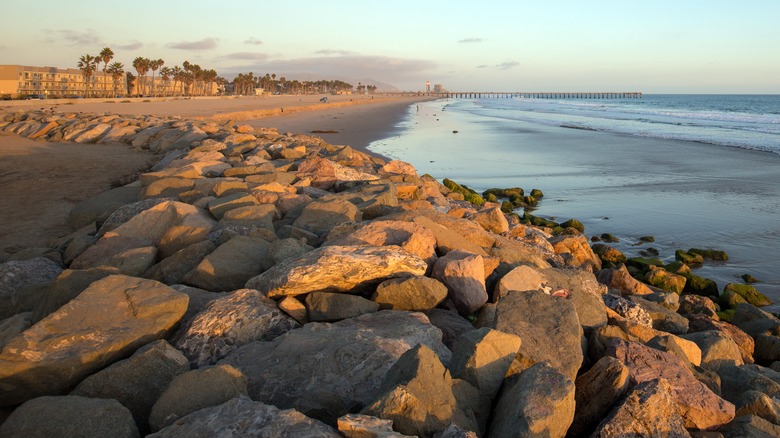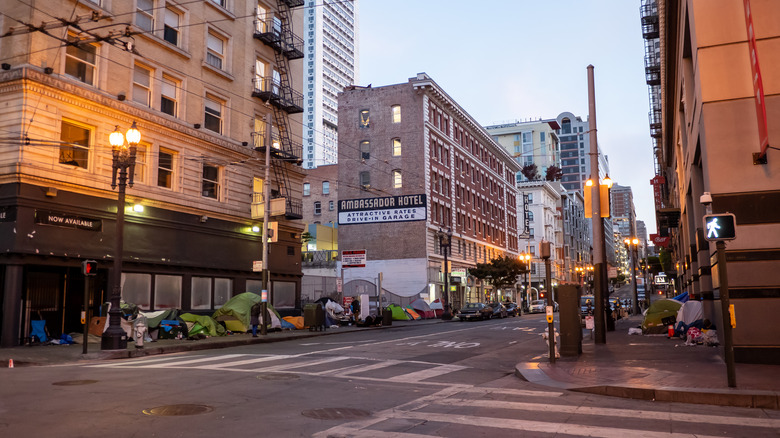The 5 Worst Cities For Millennial Homebuyers
Where are the worst housing markets right now? In these changing times, this question is more relevant than ever. Coming out of the hottest seller's market in 40 years, a lot of millennial homebuyers are finding themselves unsure where to buy. A lot of the hottest markets are crashing fast. Some medium markets with higher costs of living remain undesirable. And less competitive markets come with geographic and economic shortcomings.
Yes, millennials are coming into the home buying age and are ready to settle down. Contrary to popular belief, they are a lot more traditional than previous generations expected. National Association of Realtors notes that millennials now make up nearly half of all homebuyers. But with a murky economy, super high inflation, and tightened spending, now is not the time for fiscally irresponsible or volatile real estate decisions. So, let's look at the five worst real estate markets to be investing in right now.
1. Stockton, CA
Stockton is a challenging market in California. ABC10 reports that even during the summer, as interest rates went up, median home prices increased. Although there has been a reduction in the number of homes being sold, this particular market is showing a sustaining appetite regardless of inventory. The current median home in Stockton is just under $480,000, which is almost a 7% increase over the last quarter. This is an astonishing statistic, particularly given the rising interest rates, economic uncertainty, and changing market that seems to be affecting everyone else.
Ultra-high demand prevents homebuyers from breaking in at all. Existing economic and geographic circumstances also forecast future challenges for buyers in this area. While the number of homes sold in the last year has reduced by about a third, the number of homes under construction has only gone up by 7%, says ABC10. This means that construction is nowhere near the rate of substituting the lack of existing inventory on the market and suggests limited options for buyers seeking a home in this area. Stockton also has the unique geographic hurdle of being near San Francisco ... with premium remote job opportunities abound in the tech world, these buyers with deeper pockets are playing a significant role in the competition unfolding here. Millennials will have a particularly difficult time breaking into a market of this kind.
2. San Bernardino, CA
Rocket Homes reports that San Bernardino had a relatively robust August compared to a lot of other markets. In the last year alone, home values have gone up over 15% in this area. It seems that a lot of people are leaving areas like LA for more affordable housing in San Bernardino and pricing out less seasoned millennial buyers in the process.
Additionally, San Bernardino demonstrates a stronghold level of demand like Stockton, which suggests other economic factors and uncertainties are not affecting this market as much as others. In the last month, almost two out of every three homes were sold at or above asking. More impressively, almost three out of every four homes are selling in 30 days or less. These two statistics demonstrate that buyers are locating the coveted inventory and moving swiftly and aggressively. Millennials who are either limited in capital or don't have the flexibility to lift certain contingencies will find themselves often outcompeted in a market like this one.
3. Los Angeles, CA
As Norada notes, Los Angeles remains highly unaffordable and one of the toughest housing markets to break into. The main problem remains that the barrier to entry is exceptionally high. For example, in the last 30 days, the median home price was over $850,000. Combine this with skyrocketing inflation, record high gas prices, heavy traffic, and expensive cost of living, Los Angeles is not an appealing option for millennial homebuyers.
Furthermore, Los Angeles presents unique challenges even for starter condominiums. Safer and higher-end neighborhoods such as West Hollywood, Beverly Hills, and Westwood often come with premium HOA fees. Starter two-bedroom condos and townhomes may require monthly HOA fees ranging from $600 and as high as $1100. More affordable and distressed properties are often in areas with less desirable school districts and increased crime. Despite its vast geographic expanse, buyers working with starter budgets will be making a lot of compromises and not in ideal positioning when looking to settle down.
4. Oxnard, CA
Oxnard suffers from having relatively high housing costs but not a lot of the economic and infrastructural advantages like Los Angeles and San Francisco. Like San Bernardino, the housing market here has gone up nearly 14% since a year ago (according to Rocket Homes). While almost half of the homes here are being sold within a month on the market, over half of sold homes in the last month were sold below asking. Aside from things moving quickly, in terms of inventory, these trends forecast a market more susceptible to depreciation than others discussed on this list.
Neighborhood Scout notes that Oxnard has almost 40% of its population working blue-collar jobs. Less than one in five people there have a college education, compared to somewhere like the Bay Area, where over 50% of its inhabitants have a bachelor's degree (according to Local News Matters). Schools across the board are not ranked particularly strong. These are all relevant risks with a real estate investment, as these ingredients suggest a comparatively stagnant local economy and limited variability for home appreciation.
5. San Francisco, CA
San Francisco's recent political and economic changes have made this city considerably less desirable to live in than even five years ago. SF Gate reports that home values in San Francisco may also be overvalued by more than 10%. Furthermore, price reductions have gone up almost 200%. But aside from the research that supports San Francisco has more to cool off despite its super high barrier to entry, there are other issues driving people out.
In the last year, robbery, assault, vehicle theft, and larceny have all increased (according to San Francisco Police). In addition, the city estimates that nearly 20,000 may be homeless at some point this year in San Francisco, which is nearly 3% of the population (according to Axios). Given the general lack of safety that many locals are experiencing, a lot of millennials are crossing this city off their list and considering other towns and cities outside the Bay Area as more affordable and comfortable alternatives.





